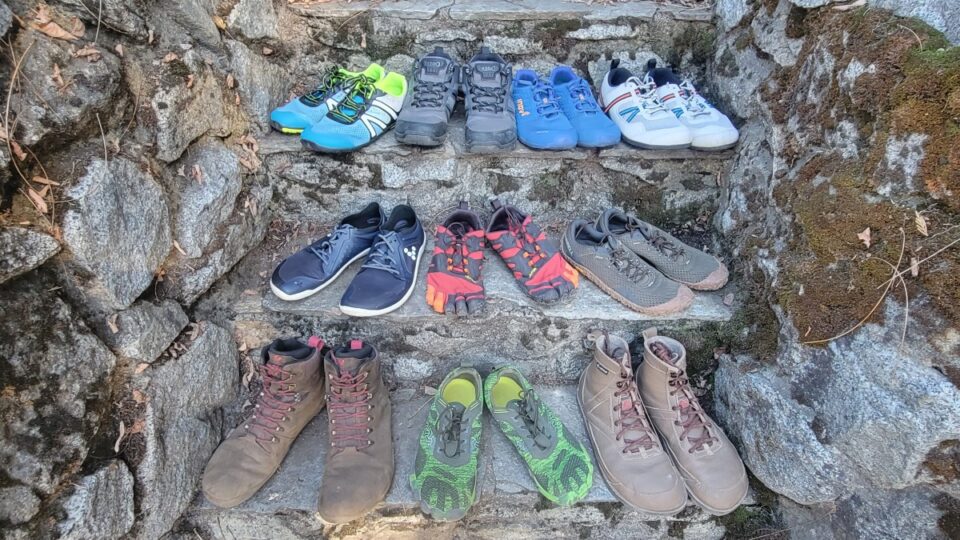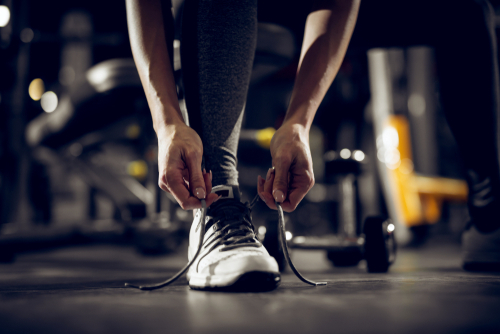Whether you’re strolling through the park or sprinting through your morning jog, the choice between walking shoes and running shoes plays a crucial role in ensuring comfort, support, and performance. In this blog post, we delve into the nuances that differentiate walking shoes from running shoes, helping you make an informed decision based on your specific needs and activities.
Understanding the Stride
The fundamental difference between walking and running lies in the gait or stride. Walking involves a heel-to-toe rolling motion, placing less impact on the feet compared to running. Running, on the other hand, includes a phase of mid-air suspension and a more forceful impact when the foot hits the ground. These distinctive movements necessitate specialised features in each type of shoe.
The Anatomy of Walking Shoes
Construction
Barefoot walking shoes typically have a more flexible sole to accommodate the natural heel-to-toe movement.
The heel drop (height difference between heel and toe) is generally lower, providing a flatter surface for stability during the walking gait.
Lightweight materials are often used to enhance comfort over longer durations.
Support and Cushioning
- Emphasis on cushioning at the heel and ball of the foot for shock absorption.
- Arch support is moderate to accommodate the foot’s natural rolling motion.
- Designed for comfort during extended wear.
The Design of Running Shoes
Construction
Waterproof trail running shoes feature a more robust and durable construction to withstand the repetitive impact of running.
The heel drop is often higher, promoting a forward-leaning position to aid in the propulsion phase of running.
Breathable mesh materials are commonly used to enhance airflow during intense physical activity.
Support and Cushioning
Enhanced cushioning throughout the entire sole to absorb the greater impact forces generated during running.
Additional support in the midsole to stabilise the foot during the running stride.
Varied arch support options to cater to different foot types.
Choosing Based on Activity
Walking Shoes:
Ideal for daily walks, leisurely strolls, and activities with less impact on the feet.
Suited for individuals who prioritise comfort and support during extended periods of walking.
Running Shoes:
- Essential for jogging, sprinting, and other high-impact activities.
- Designed to provide superior shock absorption and stability during the running gait. Best for those engaging in more intense physical exercise.
Conclusion
In the quest for the perfect footwear, understanding the distinctions between walking shoes and running shoes is paramount. Your choice should align with the specific demands of your activity, ensuring that your feet receive the right support, cushioning, and construction for a comfortable and injury-free experience. So, whether you’re pacing through a scenic trail or hitting the pavement for a morning run, make your step count with the footwear that suits your stride.


